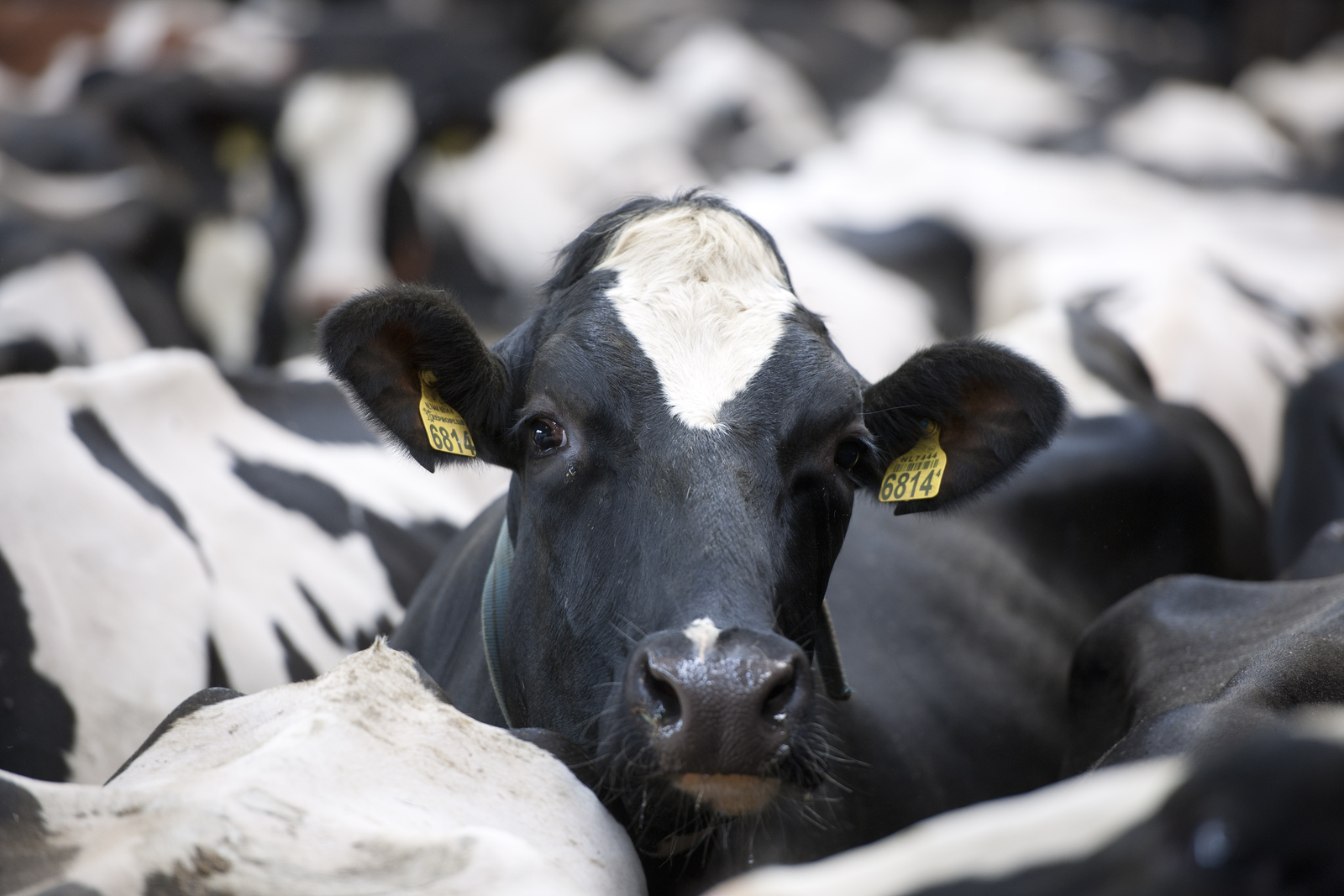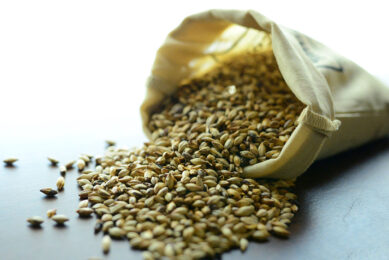Aflatoxins: Major concern for the dairy industry

Aflatoxins (B1, B2, G1, G2) are mycotoxins of major concern to the dairy industry. They can be found in different raw materials, intended for dairy rations. How can we ensure these toxins are not carried over in the milk?
The economic losses caused by aflatoxins are many and multi-component: First of all, all toxigenic fungi cause plant yield loss. Secondly, feed mycotoxin contamination reduces animal productivity due to health problems. Thirdly, the contamination of crops and animal products (e.g. milk) is costly from a human health perspective. Lastly, additional losses associated with aflatoxins include the cost of prevention, sampling, mitigation, litigation, and research. In the USA alone, the aflatoxin impact due to lost maize yield has been estimated at around $225 million/year. Due to the constant global climate change and varying weather conditions in different regions of the world, the economic losses from discarding contaminated milk are unpredictable, yet real and significant.
Can effective legislation protect us?
With most mycotoxins being carcinogenic to animals and humans, there is a wide legislation framework regarding their monitoring in the food supply chain. Aflatoxin B1 is the most carcinogenic natural compound known. Aflatoxin M1 is the natural metabolite of aflatoxin B1 and it has a high carry-over rate to animal products such as milk. Fresh milk is regularly checked for aflatoxin M1; concentrations of M1 above 0.05 μg/kg in the EU, or 0.5 μg/kg in the US, are considered undesirable and such milk cannot be used for products that go into the human food chain. Contaminated milk must be discarded, and apart from the cost of lost milk revenue, the dairy producer must also suffer the cost of properly disposing of the contaminated milk!
Aflatoxins and their health impact
Aflatoxicosis is the disease caused by the consumption of high levels of aflatoxins. At low levels of intake, usually there are no visual symptoms of aflatoxicosis, and as such the problem is often unnoticed. However, high concentrations of aflatoxins, or prolonged exposure at low levels, cause visual symptoms in cattle, and especially in young calves. Beef and dairy cattle are more susceptible to aflatoxicosis than sheep and horses, whereas, young animals of all species are more sensitive to the effects of aflatoxins than mature animals. On the other hand, pregnant and growing animals suffer from aflatoxicosis less than young animals, but more than mature animals kept at maintenance (for example breeding males). Feed refusal, reduced growth rate, and decreased feed efficiency are the predominant signs of chronic aflatoxin poisoning. In addition, listlessness, weight loss, rough coat hair, and mild diarrhoea may be observed in affected animals. Anaemia along with bruises and subcutaneous haemorrhages are also frequent symptoms of aflatoxicosis. This disease may also impair reproductive efficiency, including abnormal oestrous cycles (too short or too long) and increased abortions. Other symptoms include impaired immune system response, increased susceptibility to other diseases, and rectal prolapse.
Variation in clinical signs
The diagnosis of aflatoxicosis is often difficult because of the variation in clinical signs, gross pathological conditions, and the presence of secondary infectious diseases due to the suppression of the immune system. In addition, under commercial conditions, more than one mycotoxin may be present in any contaminated feed, and this makes definitive diagnosis of aflatoxicosis quite difficult. The effects of aflatoxin contamination as the disease progresses depend upon the severity of the liver damagecaused. Thus, once overt symptoms are noticed, the prognosis is usually poor. Treatment should be directed at the severely affected animals in the herd, and measures should be taken to prevent further poisoning. Unfortunately, most lactating cows positive for aflatoxins in milk will not exhibit strong visual symptoms, and as such, prevention is always the best way to tackle this problem.
Carry over rate into milk
The carry over rate of aflatoxins from contaminated feed into milk in dairy cows is considered to average 1–2%. However, in high yielding cows, which consume significant amounts of concentrated feeds, the carry over rate of aflatoxin M1 into milk can reach 6.2%. An experiment was conducted to determine the effects of an aflatoxin-deactivating agent* on primary measures of milk quality: aflatoxin concentration in milk, aflatoxin excretion in milk and aflatoxin transfer from feed to milk. Sixty lactating cows were used in randomised complete block experiment with two treatments:
1) feed without aflatoxins;
2) feed with aflatoxin B1 supplied by aflatoxin-contaminated maize grain.
Aflatoxin B1 daily intake was 170 μg/head. Aflatoxin concentration in both feed and milk samples were analysed by HPLC. Milk aflatoxin M1 excretion was calculated as milk aflatoxin M1 concentration multiplied by milk yield. Milk aflatoxin transfer was calculated as milk excretion as a percentage of aflatoxin consumption.
Results obtained from this trial (Figure 1) demonstrated a significant protective effect of this particular aflatoxin-deactivating agent (Toxy-nil® Plus) that limited carry-over of aflatoxin B1 into milk from cows exposed to contaminated feed. Aflatoxin M1 concentration in milk was reduced by 34.98%, aflatoxin M1 excretion was reduced by 36.36%, and aflatoxin transfer from feed to milk was reduced by 34.45%.
Practical considerations
Thus, when aflatoxin M1 is detected in milk at elevated levels, there are two practical ways to combat this problem:
1) the contaminated feed should be replaced with aflatoxin-free feed, or
2) an aflatoxin-deactivating agent should be added in the existing feed.
Such a product should be not only safe and effective, but it should contain only components permitted by
legislation.
*Toxy-nil® Plus
Join 26,000+ subscribers
Subscribe to our newsletter to stay updated about all the need-to-know content in the feed sector, three times a week. Beheer
Beheer









 WP Admin
WP Admin  Bewerk bericht
Bewerk bericht